Karoo lamb: what makes it special?
How grazing can influence flavour. And a cooking method to do it justice.
‘We are still in the papsak phase,’ said the sheep farmer, expressing frustration at the blanket term ‘Karoo lamb’ and the world of nuance lost on less attuned palates. He could read lamb in the same way a sommelier might identify a vineyard site, just by nosing and tasting a wine.
In South Africa’s vast, semi-desert interior known as the Karoo, sheep graze on hardy, indigenous vegetation. And when you stand in the Karoo at sunset and take a deep breath, you’re aware of the scent come off the surrounding veld.
The Karoo lamb flavour profile has been described by academic tasters with words like ‘sage’, ‘eucalyptus’, and ‘lavender’. And in 2020 scholars found certain terpenes (aroma compounds produced by plants) in Karoo bushes and Karoo lamb meat and fat.
Each species of shrub has a unique aromatic profile, for example woody, camphoric, piney or herbal, but most common, says botanist Sue Milton-Dean, is the sweet and herby Pentzia incana, referred to as sheepbush or ankerkaroo.
The ratio and concentration of plants varies according to area, so for the Karoo sheep farmer quoted these flavour notes reveal a more localised origin, and he believed we should be referring to, for example, ‘Hantam lamb’ or ‘Williston lamb’ specifically.
His comment inspired a research trip to sheep farms in different corners of the Karoo, following the R63 out of Calvinia and concluding somewhere south of Three Sisters. But, on my return, a chance meeting with our friends Niels and Penny expanded the regional conversation.
Niels and Penny, or The Luddites as we call them, grow grapes and make wine in Botrivier. For many Karoo lamb is the only kind worth considering but for them there was delicious lamb to be had in the Overberg.
It’s precisely the hype around Karoo lamb that prompted the Karoo Development Foundation (KDF) to create the ‘Karoo Meat of Origin’ (KMOO) certification system to safeguard the name. Though not all eligible farmers may choose to certify.
Niels and Penny’s farm, Luddite, is situated in the Overberg, just over an hour out of Cape Town in the direction of the Garden Route. Determined to show the merits of their region’s lamb, Niels set up a blind tasting, as he would for wine.
He sourced lamb from the Karoo (both certified and uncertified), the Cape West Coast and the Overberg, rallied Rudi Liebenberg, George Jardine, and Pete Goffe-Wood to cook it, and gathered a handful of wine professionals and journalists to taste along with the chefs.
We smelled and savoured and entered into a spirited discussion about which flavours dominated in each: wild, earthy, sweet and herby, saline or gamey. On tallying up the scores, the Luddites consistently rated Overberg lamb highly. We did the same with Karoo lamb, both certified and uncertified.
This tasting took place almost 10 years ago and between then and now we’ve hosted lamb braais to explore those regional differences in Karoo lamb, paying homage to the Luddite tasting by serving their Saboteur red.
Since then we’ve also embraced Rietskaap from the banks of the Orange River but whatever the region, we like to taste the provenance by keeping seasoning to a minimum and paying attention to cooking the fat. For us that happens over coals.
It may seem that braai is all about the cooking – and it is important, because you need to be attentive and responsive – but for us a lamb braai is as much about the sourcing: both the lamb and the wood for the fire.
Autumn is a beautiful time to braai – the wind has usually died down, the mild but sunny weather makes it far more pleasant to be working over the intense heat, and we’re drawn to gathering around a fire when evenings have a cool edge.
If you’re planning a lamb braai for the long weekend, we’ve included Brandon’s fat-stack method for loin chops below and there’s still a week to find lamb from your preferred part of the country and order thick-cut chops from the butcher.
For what you need to know (including video) on preparing the loin chops, cooking them over coal, and building the fire, click the links below.
Full disclosure: we’ve known the Luddites for over a decade and have worked with them from time to time. Though we fell in love with their Shiraz first, before the friendship developed.


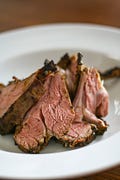

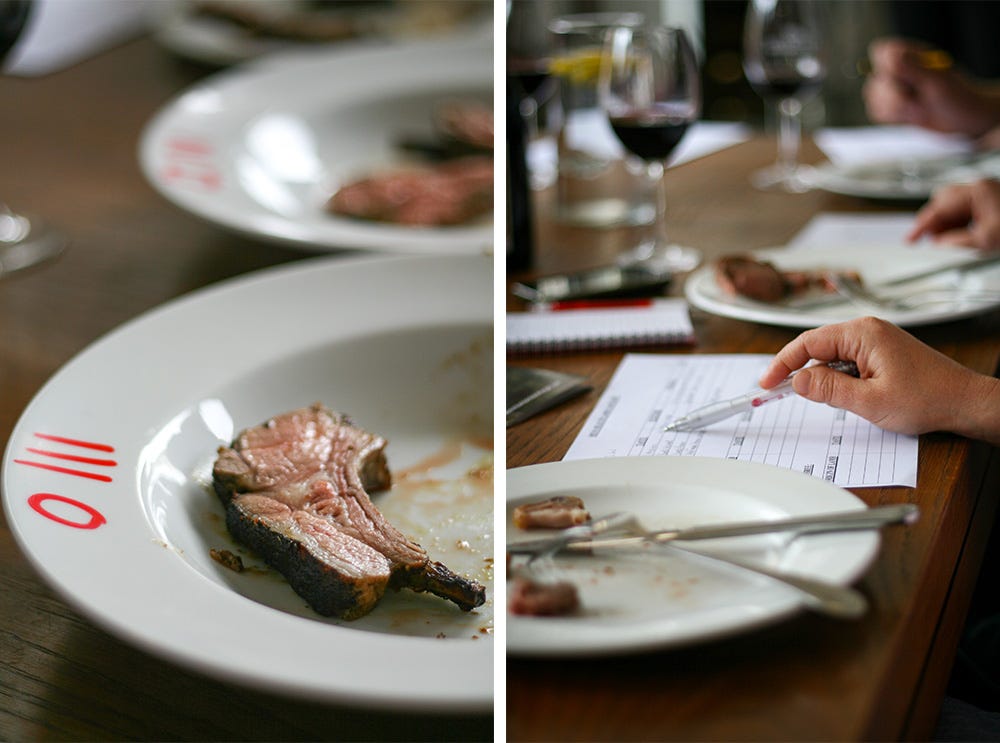
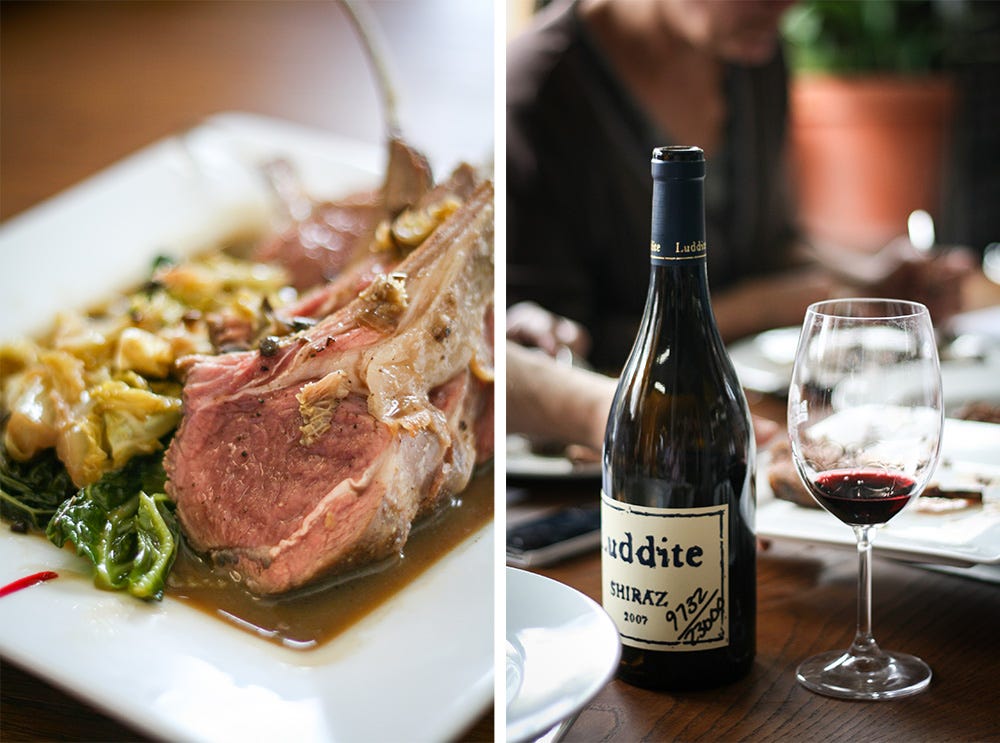
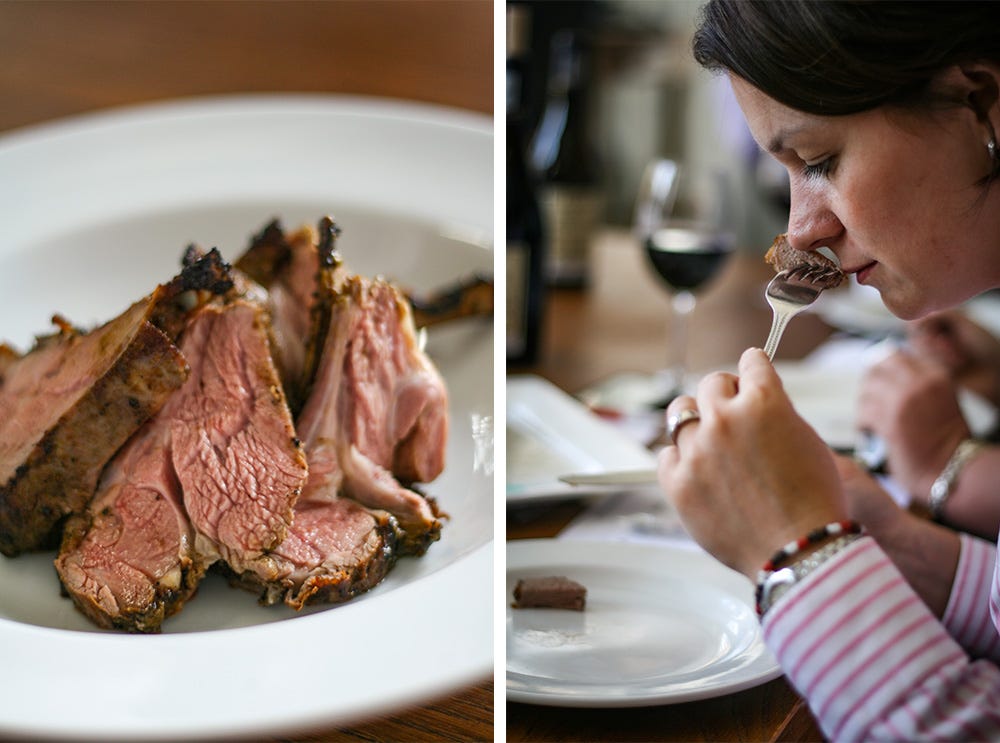
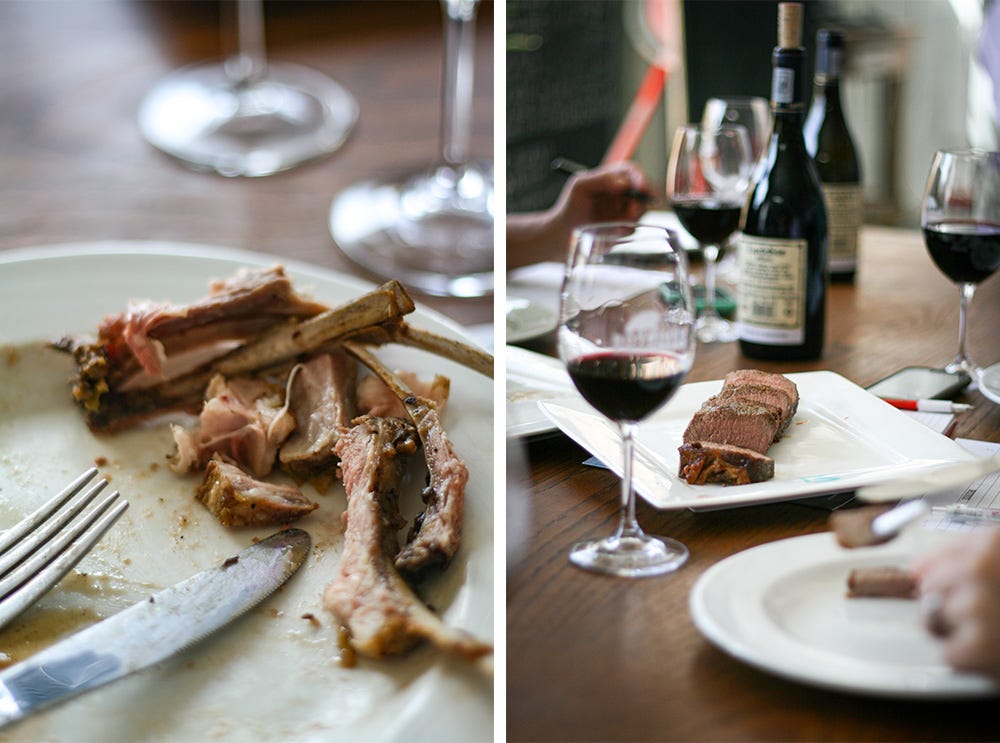



Lovely, I'm in. Easy reading and now I am ready to cook.